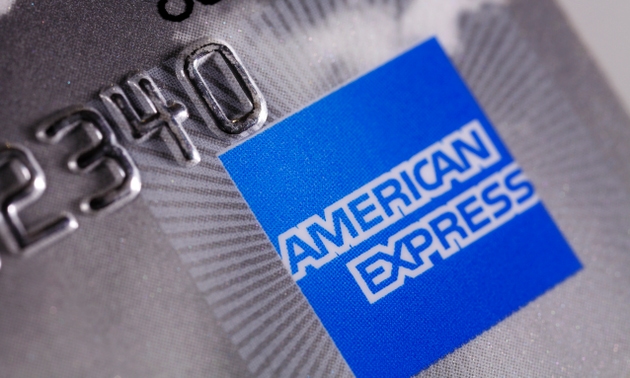The post Canada Follows U. S. com. Canada to establish new stablecoin laws, mirroring the U. S. GENIUS Act passed in July. Stablecoins are gaining worldwide attention for their ease of use in payment transactions. Canada is on track to introduce new regulations for stablecoins. The Canadian government has unveiled plans to create new federal laws to regulate fiat-backed stablecoins under its 2025 budget. Canada Moves Forward with Stablecoin Regulations As disclosed in the government’s 2025 budget released on Tuesday, November 4, 2025, stablecoin issuers will need to meet certain criteria under the proposed legislation. These requirements include holding sufficient reserves and establishing redemption policies. In addition, they must implement risk management frameworks to protect personal and financial data. Beginning in the 2026-2027 fiscal year, the Bank of Canada would allocate $10 million over two years to ensure smooth sailing. Subsequently, stablecoin issuers would pay an estimated $5 million in annual costs, regulated under the Retail Payment Activities Act. Essentially, the government aims for faster, cheaper, safer digital transactions for 41. 7 million Canadians. This is also part of modernizing the entire payment system. For now, Canada does not have a Central Bank Digital Currency (CBDC). Canada canceled its digital loonie plans in September 2024. At the time, Bank of Canada Governor Tiff Macklem said, “No strong case yet.” However, Canada shifted focus from digital currency development to modernizing its domestic payment systems. As we discussed earlier, the National Bank of Canada took an unexpected move by adopting a bearish stance toward Bitcoin. Notably, they filed documents with the SEC in the United States to exercise a put option on BlackRock iShares Bitcoin Trust ETF holdings at more than $1. 3 million. Despite this move, Canada does not want to fall behind in regulatory pressure and global competition. The move to establish a stablecoin law follows the U. S. passing the.
Tag: transactions
Insider trades: American Express, Oracle among notable names this week
The post Arbitrum Records $4. 5B Net Inflows Amid Market Recovery, Eyes 200% Target appeared com. Arbitrum has had the largest 48-hour net inflows of 4. 5 billion. This explosion indicates institutional and retail interest as the ecosystem stabilizes and analysts expect a large growth. RB took out all the liquidity on the downside on both the TC and SD pair. However, as it’s the most active L2 in the space, I think that there’s a massive mispricing. Target zone is approx. 200% from here for the coming months against Bitcoin. pic. twitter. com/CBNBwJcK8a Michaël van de Poppe (@CryptoMichNL) October 15, 2025 After the current market meltdown, Arbitrum prices dropped below $0. 13 but rebounded rapidly. The daily RSI is 36, suggesting oversold conditions, and the EMA 21 is 0. 395. Traders watch it intently for a market breakout. Market Overview and Technical Picture Arbitrum has been trading at $0. 334 at the time of writing, nearly twenty percent below its value one week ago. The recent market crash prompted prices to fall as low as $0. 13, however the market rebounded immediately thereafter. The daily RSI is at 36, suggesting oversold conditions, while the EMA 21 is at 0. 395. Traders are keeping a careful eye on this level, hoping for a breakout. The support level is at $0. 32, providing short-term assistance. The volume has dropped by 37% to $285 million per day, indicating traders are cautious as they await confirmation that the current pace is sustainable. Signs of a Bullish Outlook for Arbitrum Several analysts consider the current price levels a mispricing opportunity. Arbitrum continues to be the most active Layer-2 in the industry, with millions of transactions being transacted every day with high user and developer activity. The technical projections suggest that the target area for the ARB/BTC pair is around 200%. Source:.
Why, though, is cash usage shrinking so fast? Whatever the reason, it is under the kibosh. It made up just 9 per cent of payments last year.



